Key Questions About Acrylic Tub Manufacturers
Introduction
Whether you're remodeling your bathroom or constructing a new one, selecting the right bathtub is crucial. Many people have questions about acrylic tub manufacturers.
This article will address five critical questions to help you understand the nuances of acrylic tub quality, costs, materials, durability, and potential drawbacks.
We'll dive into topics such as why there are doubts about acrylic tub quality, why these tubs are perceived as expensive, and how understanding these aspects can guide you in making an informed choice.
By answering these five questions, you'll gain insights that can assist you in your bathroom design with bathtub, navigate the bathtub manufacturers list, and compare solid surface vs acrylic tub options.
Are all acrylic tubs the same quality?
No, not all acrylic bathtubs are of the same quality. The quality differences are mainly reflected in the following aspects:
Material Thickness:
High Quality: High-quality acrylic bathtubs usually use thicker acrylic sheets (usually more than 8 mm).
This not only improves the structural strength of the bathtub but also provides better insulation and prolongs the bath water's heat retention.
Low Quality: Inferior bathtubs may use thinner acrylic sheets, leading to potential deformation or cracks during use, along with poor insulation performance.
Manufacturing Process:
High Quality: Advanced manufacturing processes, such as a multi-layer composite structure (acrylic surface layer + fiberglass reinforcement layer + support bottom layer), ensure better impact resistance and deformation resistance.
Additionally, bathtubs produced by high-quality molds have a more delicate appearance and smoother corners.
Low Quality: Simpler manufacturing processes may use only a single-layer structure, lacking reinforcement, resulting in insufficient strength and durability, with a rougher surface treatment prone to defects.
Surface Treatment:
High Quality: Professionally polished and coated surfaces are smooth and delicate, offering excellent stain and scratch resistance, remaining bright and new after long-term use.
Low Quality: Rough surface treatment can leave scratches and stains easily, with the potential for color change or reduced gloss over time.
Support Structure:
High Quality: High-quality tubs are usually equipped with sturdy support structures, such as a steel frame or a fiberglass reinforced base, ensuring the bathtub does not deform during installation and use, increasing overall stability and durability.
Low Quality: Simple or missing support structures can cause the bathtub to deform easily when filled with water, affecting the use experience and safety.
Brand and Price:
High Quality: Well-known brand products undergo strict quality control and testing, providing excellent after-sales service. Although the price is higher, quality and service are guaranteed.
Low Quality: Some small brands or unbranded bathtubs may be cheaper, but the quality is unstable, and after-sales service is difficult to guarantee.
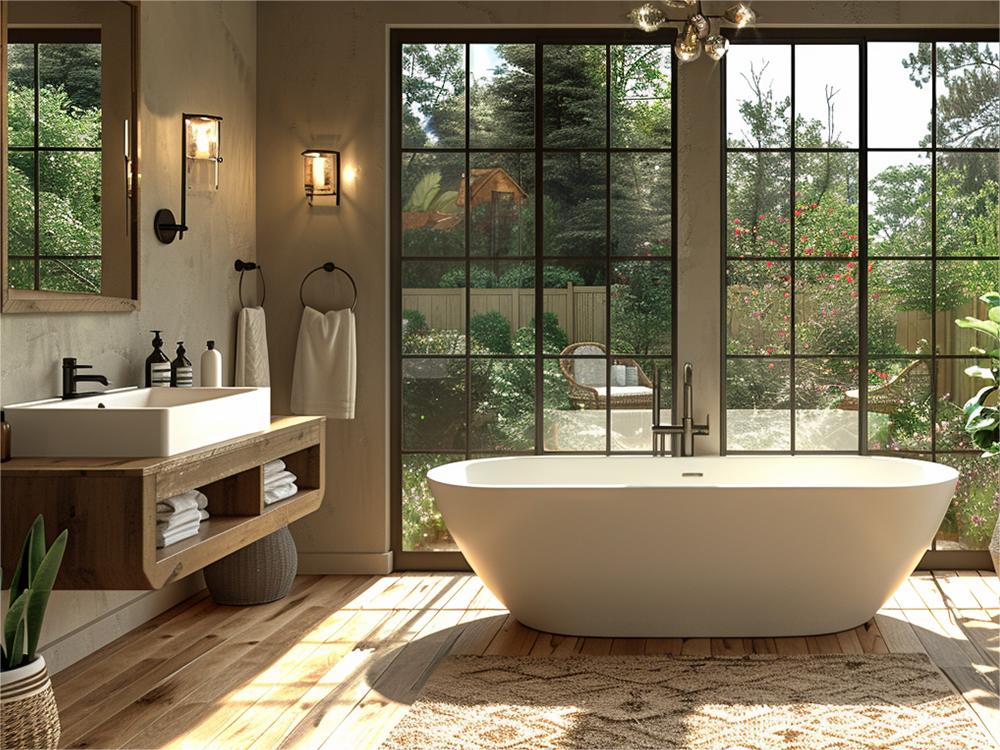
Why are acrylic bathtubs so expensive?
The high cost of acrylic bathtubs can be attributed to several factors:
Material Cost:
High-Quality Acrylic: High-quality acrylic materials are inherently expensive, especially those with larger thickness and superior quality.
These materials require professional equipment for processing, adding to the cost.
Multi-Layer Composite Structure: High-quality acrylic bathtubs typically use a multi-layer composite structure, including an acrylic layer, fiberglass reinforcement layer, and supporting bottom layer, all of which increase material costs.
Manufacturing Process:
Advanced Production Process: Producing high-quality acrylic bathtubs demands advanced equipment and processes, such as vacuum forming and thermoforming.
These processes ensure the bathtub's precision and durability but require significant capital and technological investment.
Hand Polishing and Fine Processing: Achieving a high-quality surface finish necessitates hand polishing and other fine processing techniques, which increase production time and labor costs.
R&D and Design:
Innovative Design: High-end acrylic bathtubs often feature unique designs and functionalities, such as ergonomic shapes and built-in massage systems.
Developing these innovations requires substantial research and development investment.
Quality Testing: To ensure product safety and durability, high-quality bathtubs undergo rigorous quality testing before leaving the factory, further adding to the cost.
Brand Value:
Brand Premium: Well-known brands often have a higher brand premium, with consumers willing to pay more for the brand's reputation, design, and after-sales service.
Marketing and Sales: Brand promotion, advertising, and building sales channels require significant capital investment, which is ultimately reflected in the product price.
Installation and After-Sales Service:
Professional Installation: High-quality acrylic bathtubs usually require professional installation to ensure stability and longevity, increasing the overall cost.
After-Sales Guarantee: Premium brands typically offer long-term warranties and after-sales service, providing consumers with reliable support, which adds to the product's value and price.
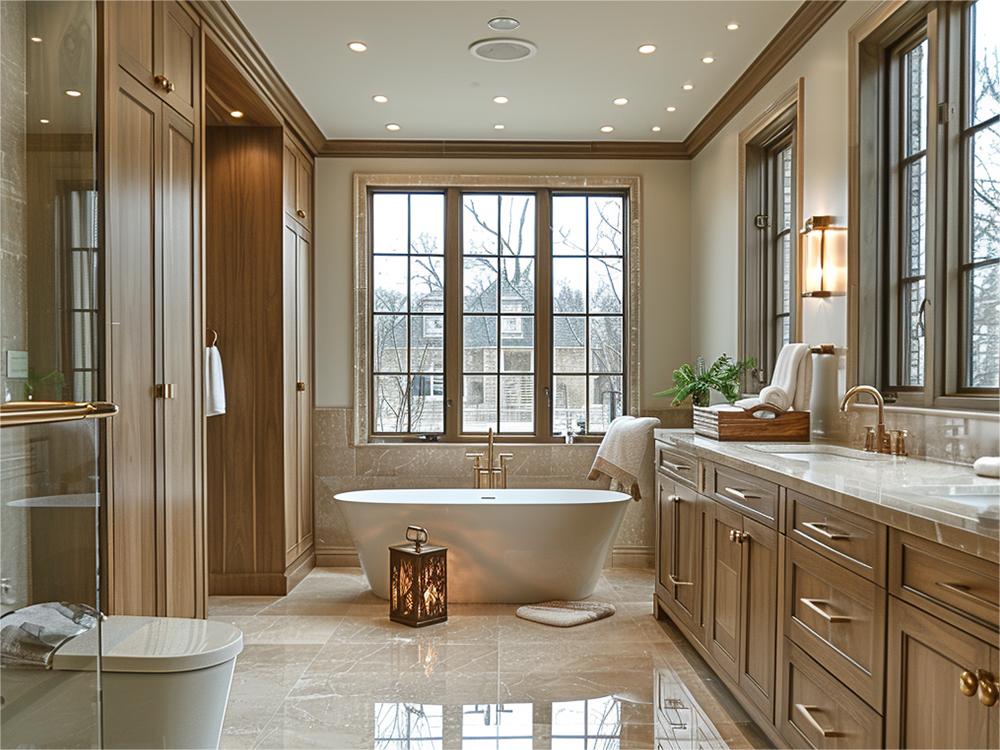
What is the highest quality tub material?
From a professional's perspective, the highest quality tub material depends on several key factors:
durability, heat preservation, ease of maintenance, and aesthetics.
Here is a professional analysis of several common high-quality tub materials:
Durability: Cast iron tubs are incredibly strong and durable, often lasting for decades. The enamel coating provides additional protection, making them resistant to scratches and corrosion.
Heat Preservation: Cast iron retains heat exceptionally well, maintaining water temperature for a prolonged period and offering a comfortable bathing experience.
Maintenance: The enamel surface is smooth and easy to clean, though abrasive cleaners should be avoided to prevent surface damage.
Aesthetics: The traditional and classic appearance suits various decorative styles.
Professional Opinion: Despite their higher price and heavier weight, cast iron tubs are ideal for high-end bathrooms due to their unmatched durability and heat retention.
Durability: Made of a mixture of minerals and resins, solid surface materials are highly durable and scratch-resistant. Surface scratches can be easily repaired by sanding.
Thermal Insulation: Solid surface materials offer excellent thermal insulation, providing a comfortable touch compared to stone and metal.
Maintenance: Easy to clean, highly stain-resistant, and simple to maintain.
Aesthetics: Customizable in colors and shapes, suitable for modern and personalized decor styles.
Professional Opinion: Solid surface bathtubs are perfect for high-end users seeking modern and personalized designs. Though pricier, their superior performance and design flexibility are worth the investment.
Durability: Copper is extremely durable and has natural antibacterial properties, withstanding long-term use without easily getting damaged.
Thermal Insulation: While copper conducts heat quickly, its thickness provides good insulation.
Maintenance: Requires regular maintenance to retain its luster, but its antibacterial properties reduce bacterial growth.
Aesthetics: Features a unique metallic luster and classic beauty, with a patina that forms over time, adding a unique visual effect.
Professional Opinion: Copper bathtubs are a luxurious choice for those seeking uniqueness and elegance. Their distinctive appearance and durability make them standout bathroom features.
Durability: Natural stones like marble and granite are extremely strong and long-lasting, though they require professional installation for safety.
Thermal Insulation: Stone has high thermal conductivity but can maintain water temperature for an extended period due to its large heat capacity.
Maintenance: Easy to clean, but regular sealing is needed to prevent stains.
Aesthetics: Each stone piece is unique with natural textures and colors, adding luxury to any bathroom.
Professional Opinion: Natural stone bathtubs are ideal for high-end decor projects. Although expensive and heavy, their aesthetics and durability are excellent.
- High-Quality Acrylic:
Durability: High-quality acrylic tubs use a multi-layer composite structure to enhance strength and durability, resistant to fading and yellowing.
Thermal Insulation: Acrylic materials offer good thermal insulation and better heat retention.
Maintenance: Smooth, easy-to-clean surface, resistant to stains and scratches.
Aesthetics: Available in various designs, customizable colors, and shapes, fitting various decor styles.
Professional Opinion: High-quality acrylic bathtubs provide excellent value for money, ideal for users seeking high performance and aesthetics.
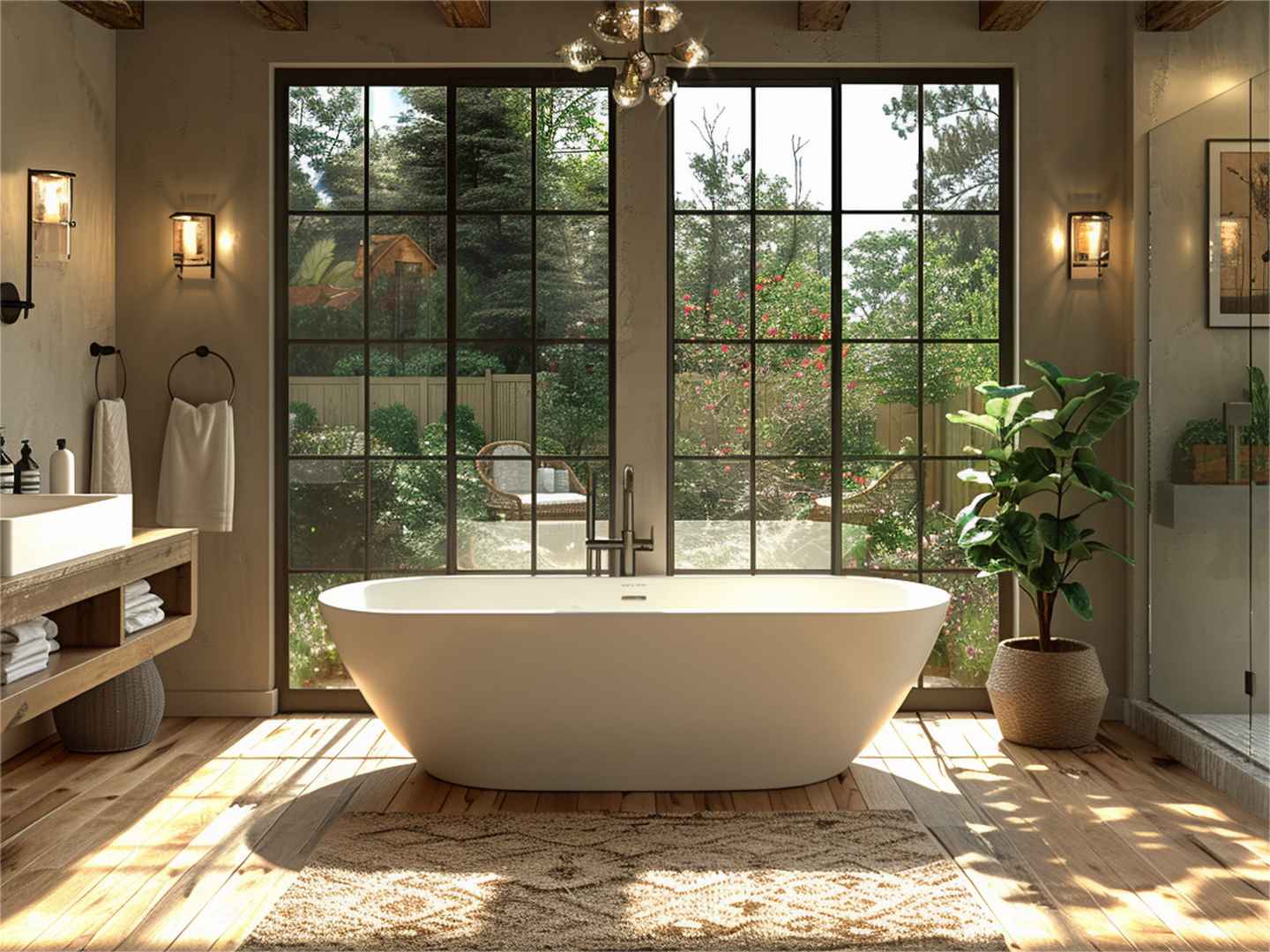
How many years does an acrylic tub last?
From a professional's perspective, the service life of an acrylic bathtub can range between 10 and 15 years, or even longer, depending on several key factors:
- Material Quality:
High-Quality Acrylic: These materials are thicker and often use a multi-layer composite structure, including an acrylic surface layer and a fiberglass reinforcement layer.
These high-quality materials excel in durability and impact resistance, effectively extending the bathtub's lifespan.
Low-Quality Acrylic: Thinner acrylic materials and single-layer bathtubs are more prone to cracks and deformation, leading to a shorter lifespan.
- Manufacturing Process:
Advanced Manufacturing Processes: Techniques like vacuum forming and thermoforming improve the overall strength and surface finish of the bathtub, reducing material stress concentration points and thus extending the lifespan.
Outdated Technology: Bathtubs made with poor manufacturing processes may have internal defects, making them prone to damage during use.
- Installation:
Professional Installation: Correct installation is essential. Professional installers ensure the bathtub's stability, preventing deformation or damage from improper installation. A flat foundation and stable supporting structure are crucial.
Non-Professional Installation: Improper methods can cause uneven force on the bathtub, increasing the risk of cracking and deformation, thereby shortening its lifespan.
- Frequency of Use:
High Frequency of Use: In public bathrooms or large households, frequent use leads to increased wear and tear, potentially shortening the bathtub's lifespan.
Low Frequency of Use: In cases of personal use or smaller households, the bathtub experiences less wear and tear, leading to a relatively longer lifespan.
- Maintenance and Care:
Regular Cleaning: Use mild detergents and soft cloths to clean the bathtub regularly, avoiding cleaners with strong acids, alkalis, or abrasives, which can corrode the acrylic surface and cause cracks or fading.
Timely Repair: Address scratches or small cracks promptly to prevent them from expanding. Special acrylic repair agents can be used for repairs.
Avoid Heavy Impact: Prevent heavy objects from falling or colliding with the bathtub to reduce the risk of cracks or damage.
- Environmental Conditions:
Humidity and Temperature: Changes in the environment's humidity and temperature can affect the bathtub's lifespan.
Extreme temperatures can accelerate acrylic aging.
Keeping the bathroom well-ventilated and maintaining a comfortable temperature will help extend the bathtub's life.
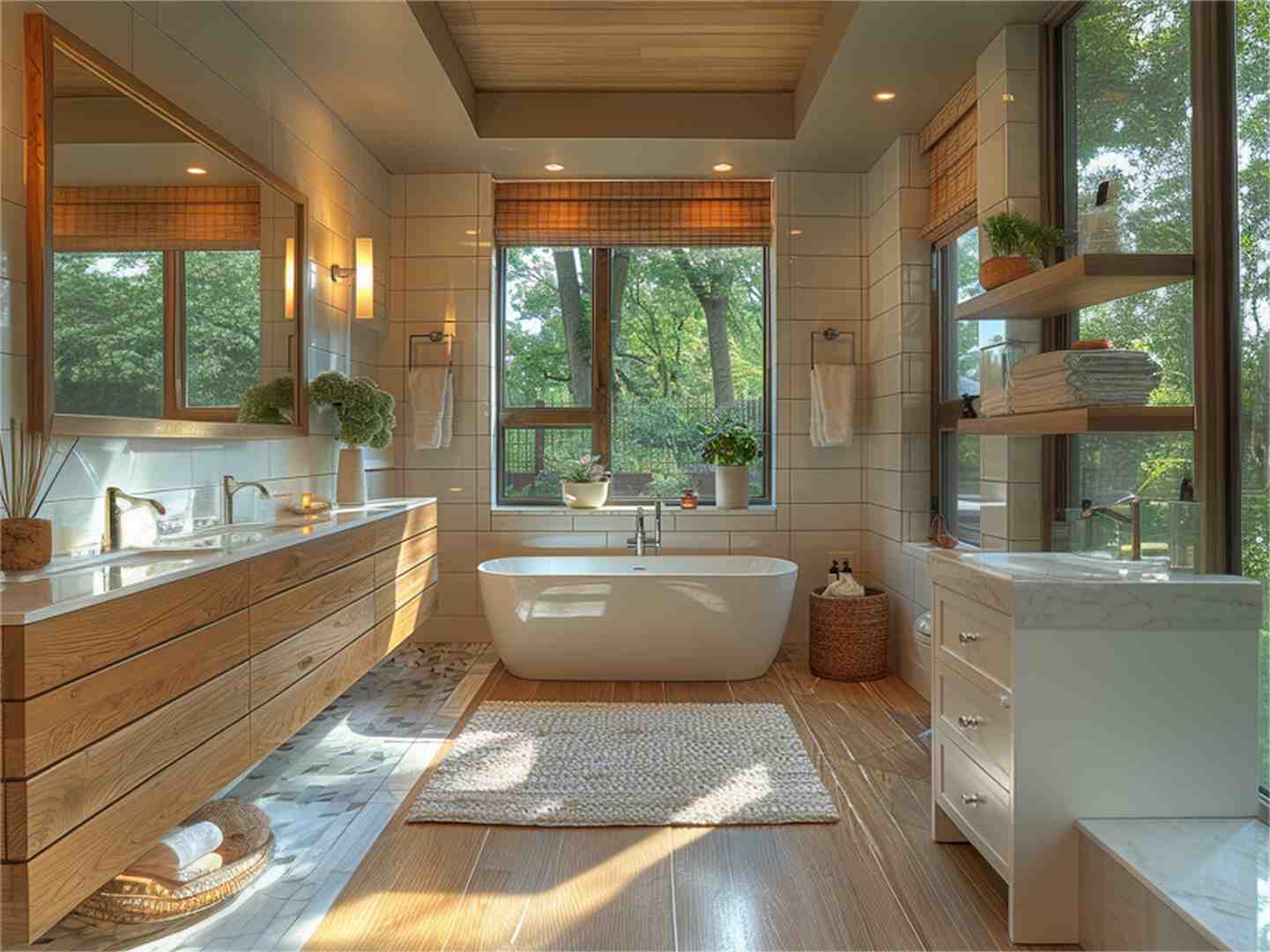
What are the disadvantages of acrylic tubs?
Although acrylic bathtubs have many advantages, such as being lightweight, offering good heat preservation, and allowing flexible design, they also come with some notable disadvantages:
- Weak Durability and Scratch Resistance:
Scratches and Marks: Acrylic materials are relatively soft and can be easily scratched by hard objects.
While scratches can be repaired by polishing, frequent scratches will affect the bathtub's appearance and longevity.
Cracks and Deformation: Acrylic bathtubs may crack or deform after being hit by heavy objects or with prolonged use, especially low-quality acrylic bathtubs.
- Chemical Sensitivity:
Cleaning Agent Selection: Acrylic is sensitive to strong acids, strong alkalis, and cleaning agents with abrasive ingredients, which can corrode or damage the surface. Special non-abrasive cleaners are required.
Staining Risk: Some substances, like hair dye, may leave difficult-to-remove stains on the acrylic surface.
- Limited Heat Resistance:
Deformation at High Temperatures: Although acrylic has some heat resistance, exposure to high temperatures (like extremely hot bath water or hot objects) can cause the material to deform or get damaged.
Acrylic bathtubs are not suitable for long-term high-temperature exposure.
- High Support and Installation Requirements:
Installation Support: Acrylic bathtubs need a good support structure due to their light weight and lack of inherent strength. Without proper support, the bathtub may deform or crack.
Installation Complexity: Despite being lightweight, acrylic bathtubs require professional installation and fixing to ensure long-term stability.
- High-End Product Prices:
Cost Issues: High-quality multi-layer composite acrylic bathtubs can be expensive, comparable to other high-end materials like cast iron, copper, and stone. Consumers with limited budgets might opt for cheaper materials.
- Aging After Long-Term Use:
Fading and Loss of Gloss: High-quality acrylic bathtubs may fade or lose their gloss over time. This aging process is inevitable, particularly if regular maintenance is neglected.
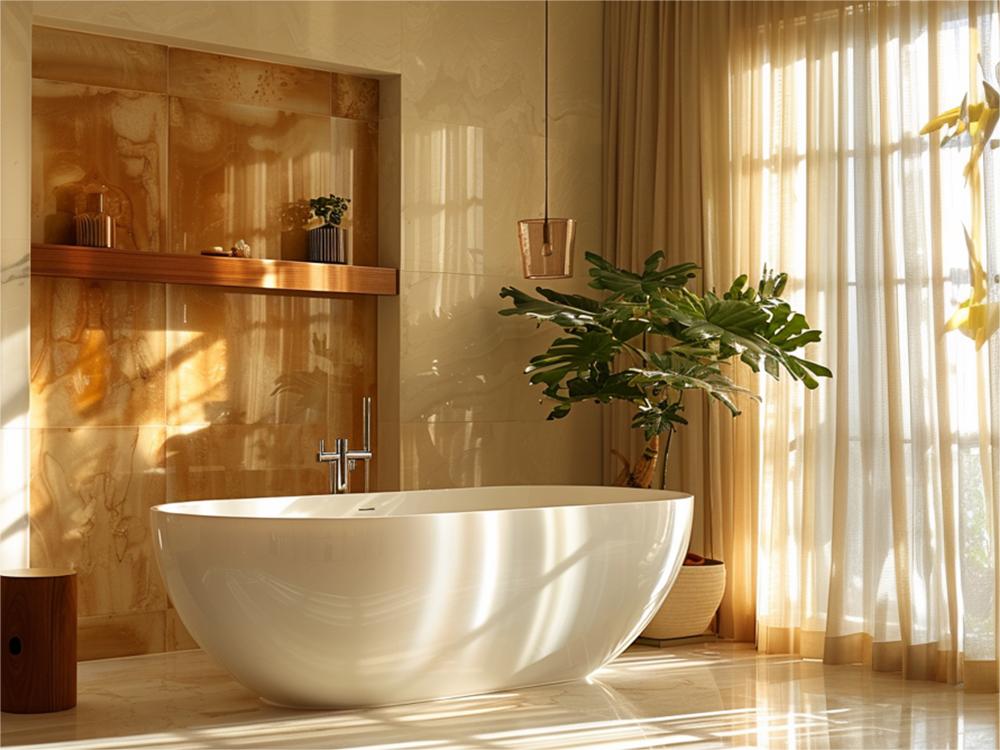
Conclusion
This article addressed five key questions about acrylic tub manufacturers, exploring the differences in quality, reasons for high costs, the highest quality tub materials, the lifespan of acrylic tubs, and their disadvantages.
Among these, high-quality acrylic tubs and solid surface tubs emerged as the most popular choices due to their durability, design flexibility, and superior performance.
High-quality acrylic tubs also boasted a higher purchase rate owing to their excellent value for money.
Meanwhile, copper and stone tubs, though less common, attracted users seeking unique and luxurious options.
Understanding these factors can guide consumers in making informed decisions when selecting the ideal bathtub for their bathroom needs.
Welcome to know more detailed information about products in Cpingao:
